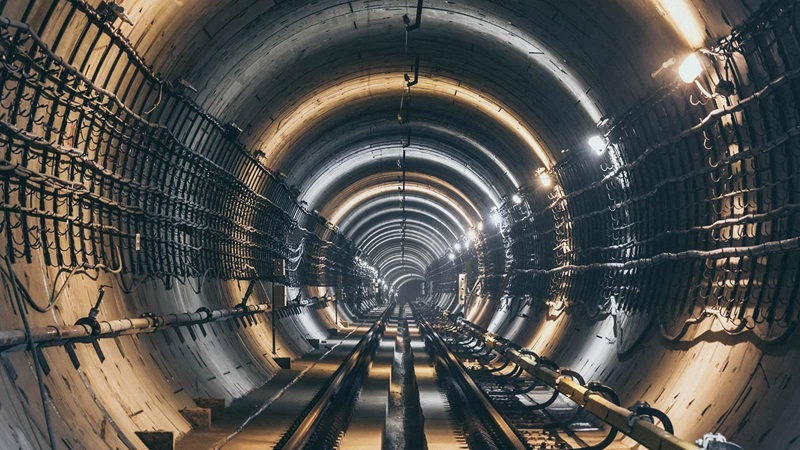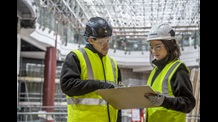Crossrail 2 vs Northern Powerhouse Rail? Let's build both
This summer has seen a renewed focus on the importance of rail to the northern economy. How we can balance the needs of the UK's different regions?
In July, there was widespread dismay across the North when it emerged from the Department for Transport that a number of electrification projects were to be dropped.
Last week the Northern Powerhouse Partnership stepped into the debate by calling on government to back the Northern Powerhouse Rail project.
As Crossrail 2 looks to get the go-ahead in the South-east, it’s understandable that many of us in the North feel short-changed when it comes to transport. However, it’s important we channel these frustrations into practical, long-term strategic thinking about the purpose of rail connectivity in northern England.
Northern Powerhouse Rail has to be the cornerstone of this vision. A modern, high-speed network connecting our great northern cities has the potential to not only radically transform our region but also to help address the poor productivity that hampers the UK’s economic performance.
As well as reducing journey times, it would dramatically widen the jobs market for millions of workers in the North. For employers, it means more staff and clients within easy reach on a modern rail network. For international investors, there’s a population of more than 10m people within an hour of Manchester Airport.
At present, the North’s urban economies largely operate in isolation from each other.
According to the 2014 One North study, commuting between Manchester and Leeds city regions is 40 per cent lower than expected given their proximity, and a reduction of just 20 minutes in journey times between the two cities is estimated to be worth almost £7bn to the northern economy.
This is why Transport for the North (TfN) gaining statutory status is so important. In becoming England’s first sub-national transport body, TfN has the potential to properly co-ordinate the whole of England’s transport network, bringing the current hotchpotch of schemes together under one strategic plan.
Northern Powerhouse Rail would complement this effort, helping to reduce commuting times and transform our towns and city centres.
Rail hub improvements can be the spark for urban regeneration, as we’ve seen in Birmingham where Mace has led the transformation of New Street station, with its new shopping centre and public spaces.
Despite the renaissance of our great northern cities since the 1990s, there remain significant opportunities for new housing and commercial development around our historic stations.
Too often our national conversation on infrastructure is preoccupied by short-termist, ‘bang for your buck’ analyses which prioritise immediate improvements to capacity, at the expense of longer term strategic thinking.
It’s this kind of logic which encourages arguments about whether Crossrail 2 or Northern Powerhouse Rail should be prioritised. The reality is that we need both.
This article was originally published by Construction News.
















